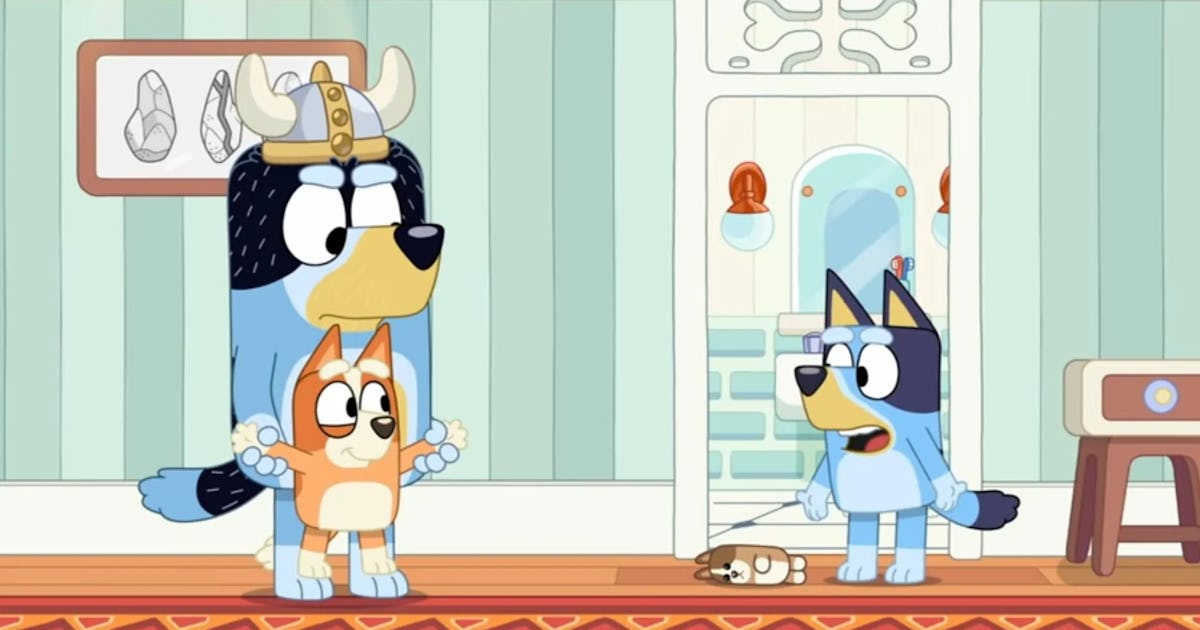When I was a teenager, back in the days where I feel like a caveman now, my family got a dial-up Internet connection. Email was new territory at the time, and web pages were mostly just blocks of text against a crappy clipart background. My parents and I learned about the internet on the fly, and as far as I know, they never set rules or talked to me about online safety.
Fast forward to now, when my own 13-year-old asked to join TikTok, and I suddenly realized I was powerless to protect him. After all, we Millennials are the first generation to raise teenagers at the end of the dot-com era, and there aren’t many precedents to follow. that’s why it is so It’s important to talk about social media safety early and often. Fortunately, TikTok has not only implemented an important set of safety tools to protect young users, but also helps caregivers navigate the TikTok community with their teens.
To get you started on this important conversation, here are five not-totally-scary (guaranteed!) steps to starting a conversation about TikTok.
1. Understand TikTok from a teenager’s perspective
If you’re reading this between scrolling and posting on your own feed, you’re probably think You can skip this step, but there’s a catch: you’re not a kid anymore!
The TikTok you know and love is different from teen TikTok in many important ways. When 13- to 15-year-olds create a TikTok account, their profile is automatically set to private, comments are limited to followers, and their DMs are deactivated (i.e., unable to be opened). The teen default setting also protects content created by younger teens; any videos made by teens 16 and under will no Show up in other people’s feeds, so while they may not go viral, they won’t have an audience they’re not ready for either.
2. Have a conversation, not a lecture
Perhaps the most important tip for talking about TikTok safety is to come from a place of curiosity rather than condemnation. Is your child already familiar with the app? Do their friends use it? What types of videos do they like to watch?
Try to have these initial exploratory conversations when you and your child are both relaxed and the stakes are lower—i.e., over breakfast on the weekend, rather than in the car when you’re late for school. Finding common ground and building trust is always more effective than spreading fear; focus on sharing some of your own experiences and explaining how TikTok’s community guidelines keep their space safe.
3. Develop online safety protocols
Just like yesterday, there’s a good chance your kid wants to have a TikTok account. But before they get their hot little hands on the login button, it’s crucial to have some guidelines in place.
To this end, TikTok, together with the Family Online Safety Institute and the TikTok Youth Council, developed a customizable agreement called the Family Digital Safety Partnership. This new resource is designed to help families start conversations about their online experiences and set positive digital boundaries together. The best part is TikTok has done all the work for you – all that’s left to do is download and discuss the details with your kids.
4. Watch Douyin together
This step sounds easy—and it is! — but it’s not just cute animal videos and viral dances (although we love those). In 2023, TikTok surveyed parents of U.S. teens about how they wanted the platform to support online safety, then launched a campaign to teach families about its safety settings for teens.
So not only can you and your kids read about the features, but you can also watch your favorite TikTok creators (who are also parents of teens) transform this topic into creative and relevant content (see: @fitdadceo, @ctfit, @ mrandmrsgrit and @klemfamily ). Learn about Family Matching, which lets parents with existing TikTok accounts link to their teens’ accounts, or explore how keyword filters and comment privacy settings can help curate (and buffer) their kids’ TikTok experience.
5. Set clear boundaries and stick to them
TikTok’s teen safety settings come into play whether or not you or your kids control them (again, some settings are automatic for those under 16), but before they start scrolling, you’ll need to agree on what content is allowed and who will be responsible for monitoring tools like screen time limits, content filters, and comment limits. If you choose family pairing, make sure your children know ahead of time which settings you’ll turn on and why.
Teaching teenagers to be cautious and safe online can be a difficult task, but TikTok wants to help parents start the conversation. Their Guardian’s Guide provides a great overview of tools and resources – think of it as a cheat sheet for raising kids to be good digital citizens.




